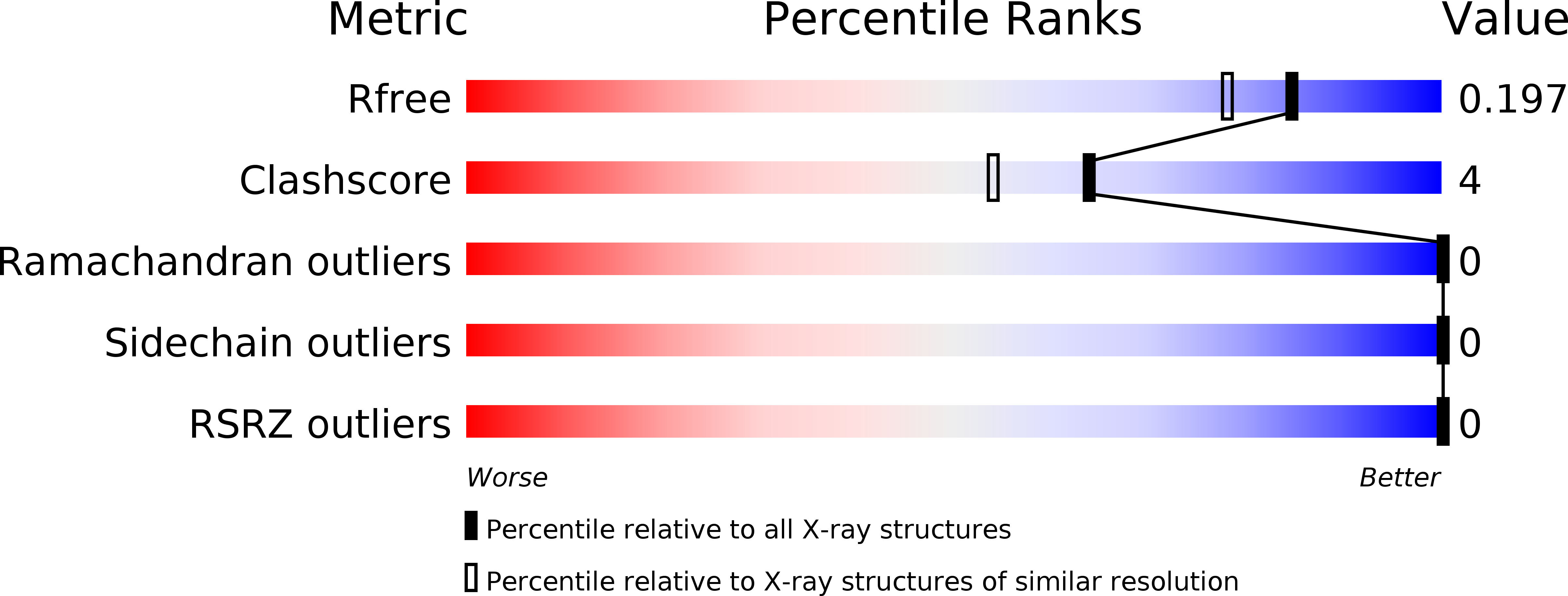
Deposition Date
2010-09-09
Release Date
2010-12-22
Last Version Date
2024-02-21
Entry Detail
PDB ID:
3OSM
Keywords:
Title:
Structure of the Kinase Associated Domain-1 (KA1) from Kcc4p
Biological Source:
Source Organism:
Saccharomyces cerevisiae (Taxon ID: 4932)
Host Organism:
Method Details:
Experimental Method:
Resolution:
1.70 Å
R-Value Free:
0.19
R-Value Work:
0.18
R-Value Observed:
0.18
Space Group:
P 1


